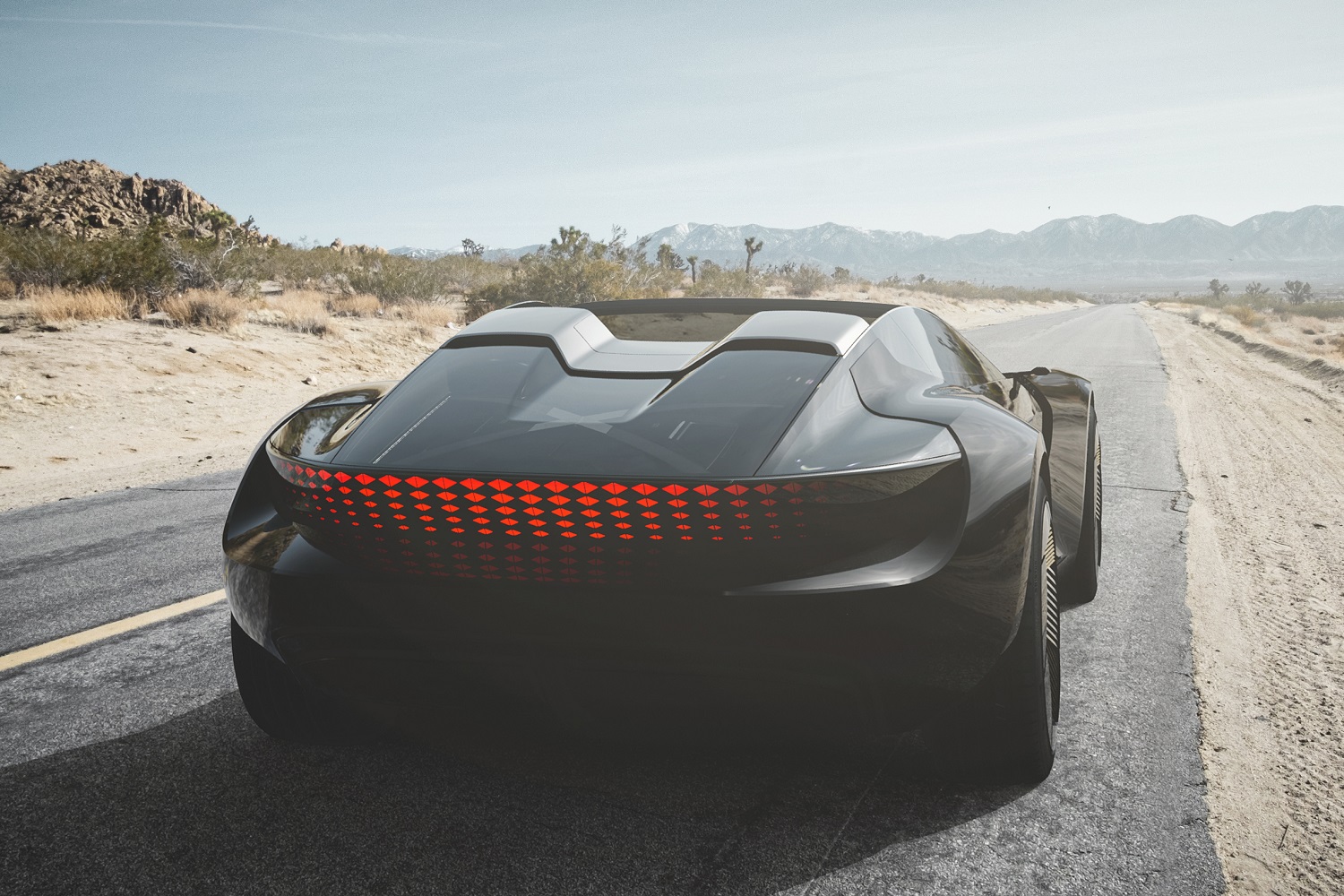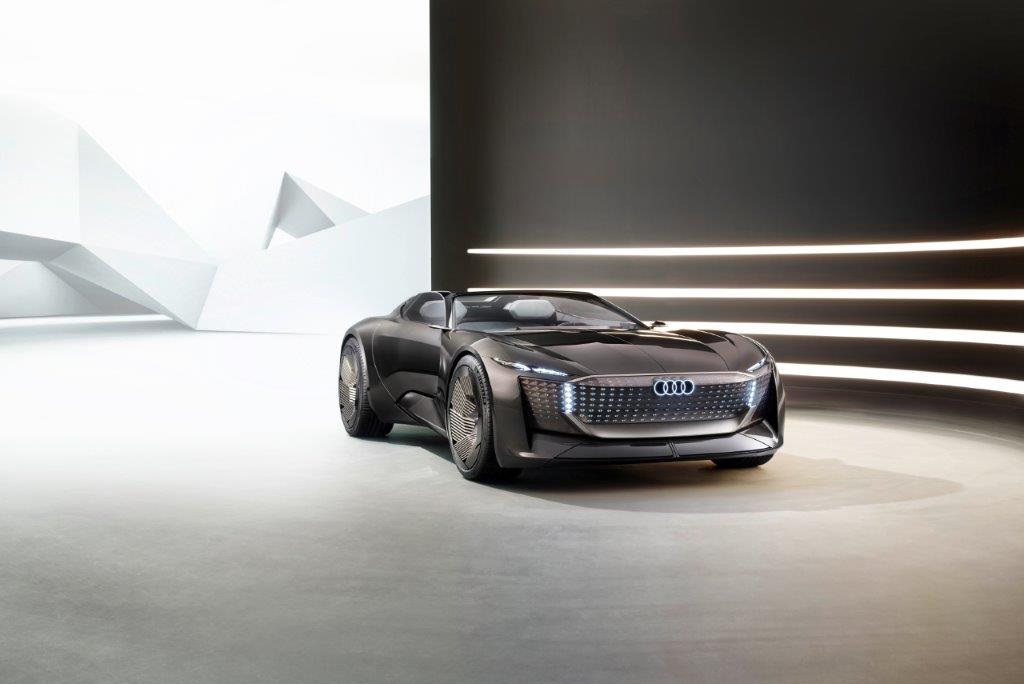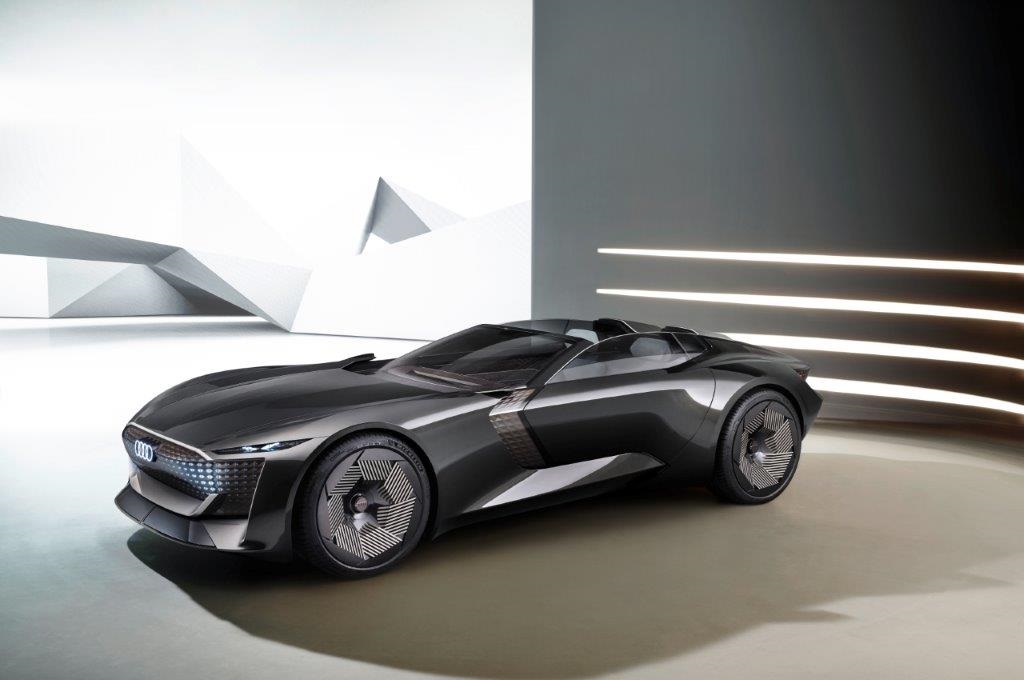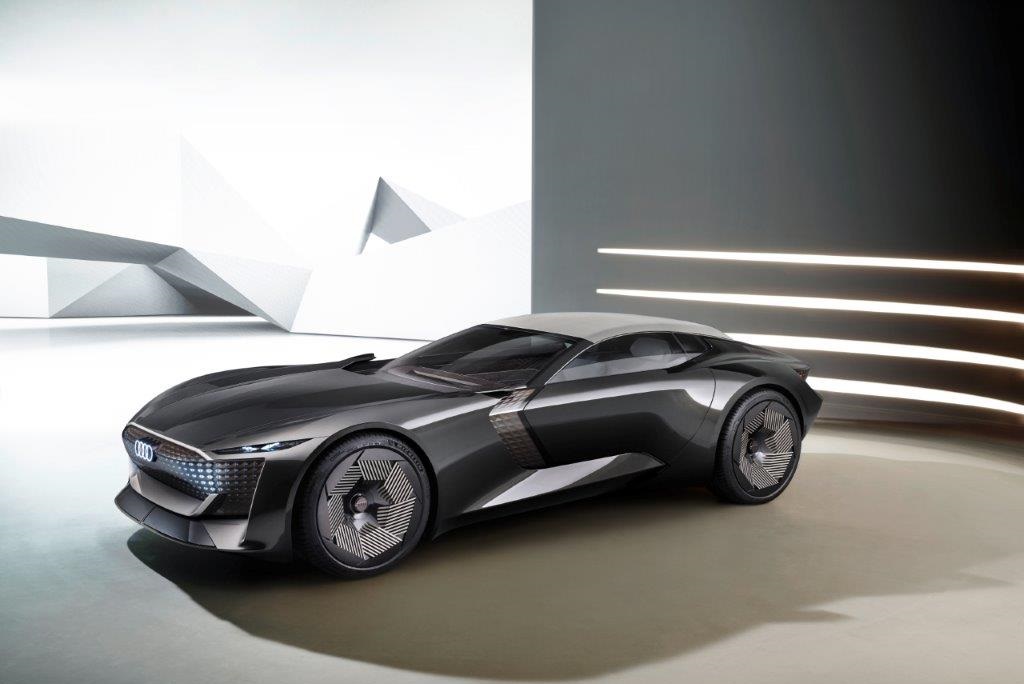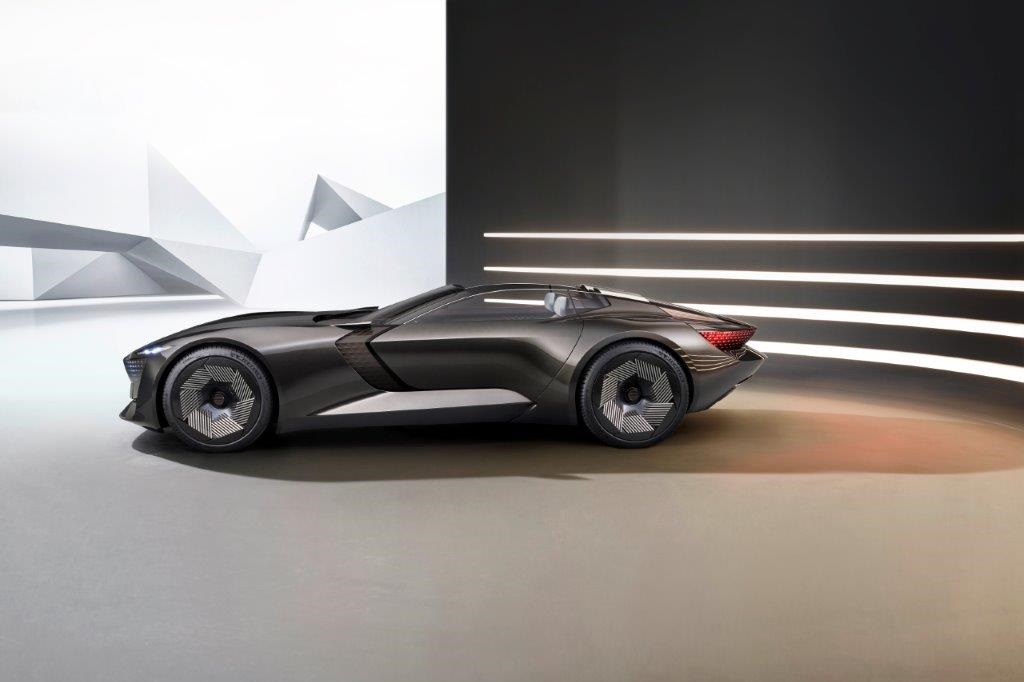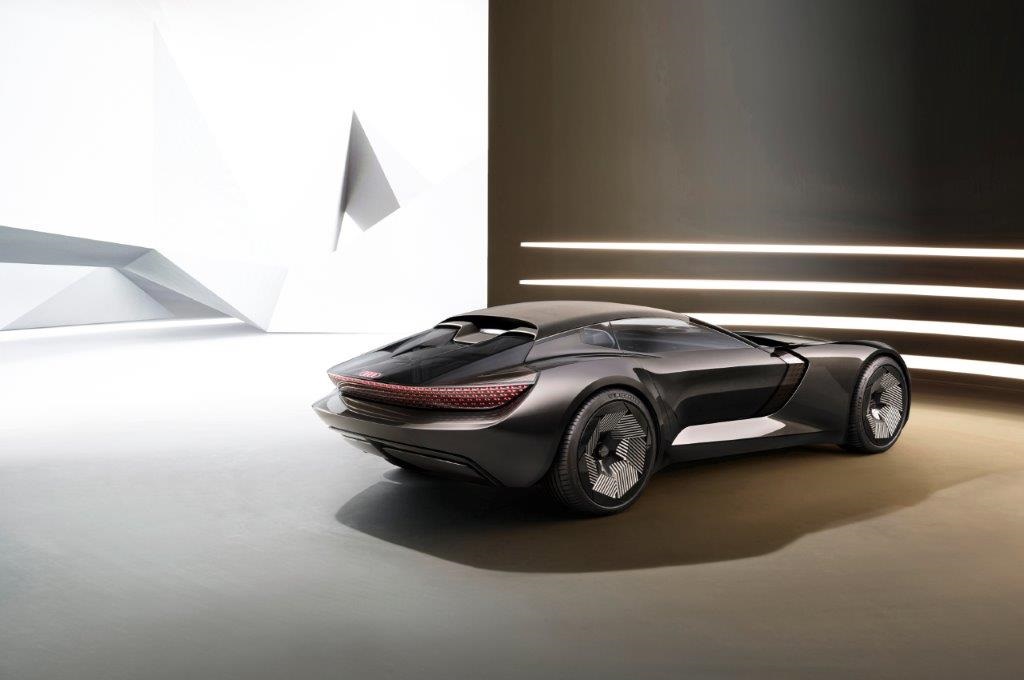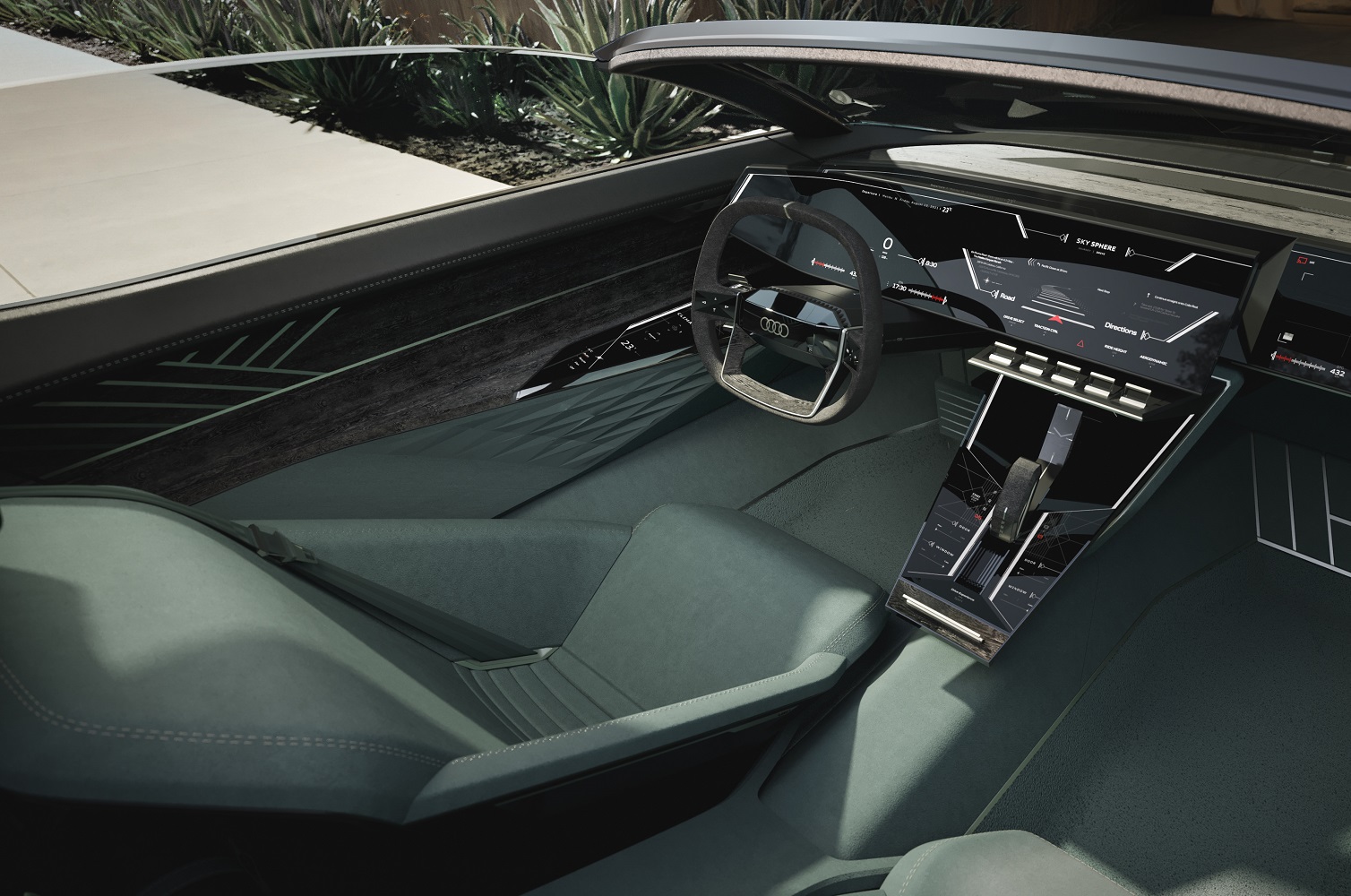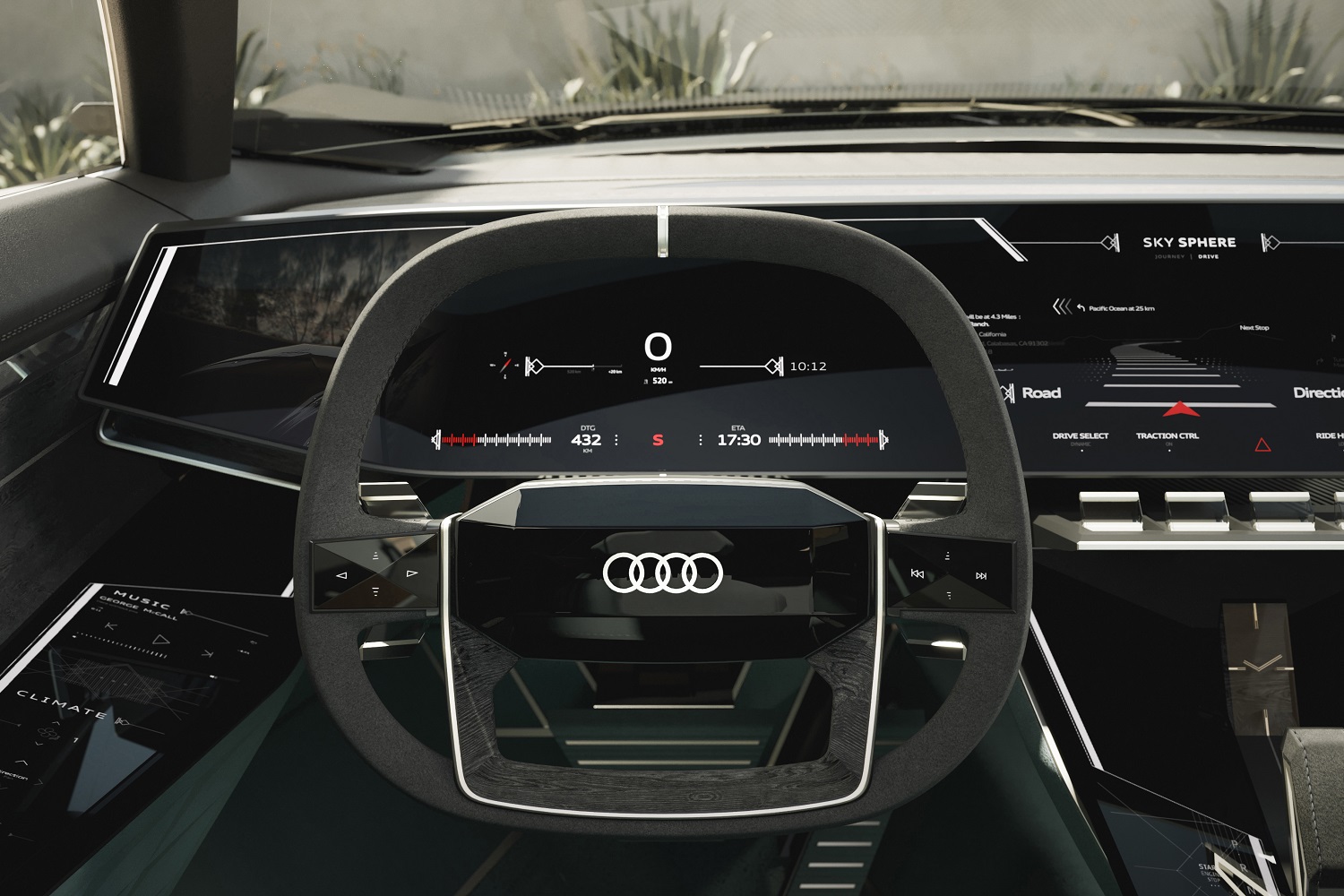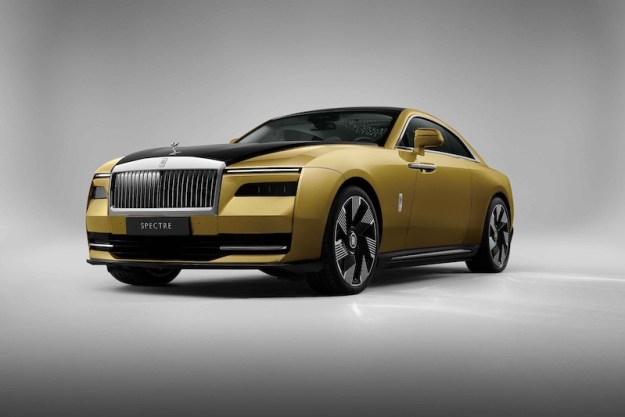It’s practically a law of automotive design: Shorter cars handle better, and longer cars ride more comfortably. Most cars are forced to find a compromise somewhere between the extremes, but why should they have to?
Audi recently leveraged electrification technology to develop a new concept called SkySphere, which allows the length of the car to vary depending on the driving mode selected. It takes the form of a luxurious two-seater roadster powered by an electric drivetrain.
“I think it’s important that we are starting to open up our mind to come up with concepts and interpretations based on the technology offered to us. This is not just a design study; it’s a concept showing us what’s possible,” Henrik Wenders, the senior vice president of the Audi brand, told Digital Trends. What’s possible is pretty remarkable.
In its standard configuration, the SkySphere is a 204-inch-long convertible with two seats and level-four autonomous technology that handles most of the driving. Its steering wheel and pedals are hidden out of sight behind the dashboard so the occupants can sit back and take in the view or enjoy personalized content (like concerts and sporting events) provided by the infotainment system. At the push of a button, the SkySphere’s wheelbase shrinks by about 10 inches and the controls emerge into view. The LED exterior lights change to signal it’s time to drive.
Reducing a car’s wheelbase makes it sharper and more nimble to drive; this partly explains why a TT is far more engaging to drive on a tight, twisty mountain road than, say, a Q7. In this configuration, the SkySphere shows a completely different facet of its personality as it morphs into a sports car. Its rear-mounted electric motor sends 623 horsepower and 553 pound-feet of torque to the back wheels, figures that unlock a four-second sprint to 60 mph.
“Simply not,” Wenders replied when asked if it would have been possible to build the SkySphere with a combustion engine. He added designers have a greater degree of flexibility because an electric motor is more compact. They were notably able to package new body and frame components that slide into each other in order to adjust the wheelbase.
While nothing suggests the SkySphere will see the light that awaits at the end of a production line, Audi stressed it is a preview of the styling cues and the tech features it plans to incorporate into its series-produced cars in the 2020s.
“In this decade, it’s possible to provide an electric powertrain and an immersive experience thanks to digitalization. It’s the reason why this is a concept showcasing how we are combining an automotive driving experience together with an immersive digital experience. It’s a preview of the future we’ll witness together,” Wenders concluded.
Audi will present the SkySphere to the public for the first time on August 13, 2021, on the Pebble Beach golf course in California. It’s the first of three concepts that will sketch out how the German firm envisions the future. The second will make its debut in September 2021 at the Munich auto show, while the third will break cover in 2022.
Editors' Recommendations
- Genesis Neolun concept is an electric SUV inspired by tradition
- Apple’s car project has apparently conked out
- Lamborghini teases its first all-electric supercar ahead of Friday’s big reveal
- Audi ActiveSphere concept is part luxury sedan, part pickup truck
- Ram EV concept previews truck brand’s electric future


